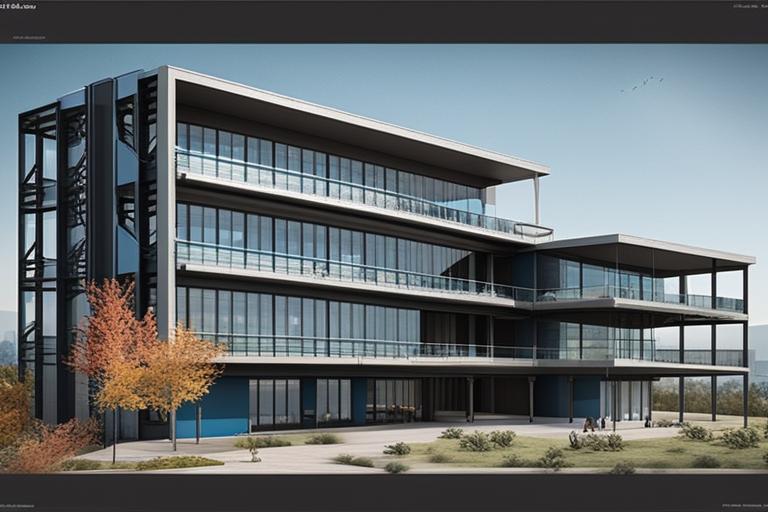
Essential Soft-Story Retrofit Services for SF Structures
Soft-story retrofit services are vital for ensuring the safety and resilience of buildings in San Francisco. These structures, characterized by open first floors and multiple floors above, are particularly vulnerable to seismic activity, making retrofitting essential. But what are the specific services involved in soft-story retrofitting and why are they crucial for San Francisco structures?
What You’ll Learn About Soft-Story Retrofit Services in SF
By reading this article, you will learn:
– The vulnerability of soft-story structures to seismic activity and the importance of retrofit services.
– Local regulations, compliance deadlines, and the retrofit process, including engineering solutions.
– Cost considerations, financial incentives, benefits of retrofitting, finding professional services, and ongoing maintenance.
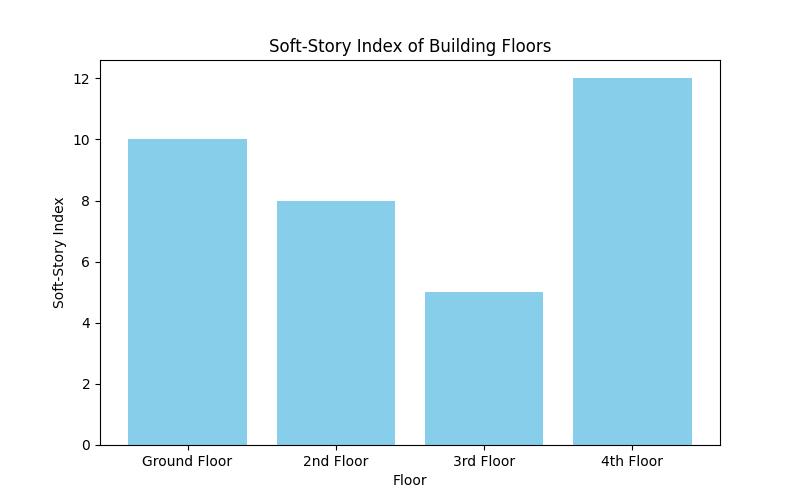
Understanding Soft-Story Retrofitting
Definition of Soft-Story Structures
Soft-story buildings in San Francisco are multi-story structures with one or more floors that have large openings, such as windows, doors, or garage spaces, creating a soft, weak, or “flexible” story. This design characteristic can lead to structural instability during seismic events.
Vulnerability to Seismic Activity
Due to their architectural design, soft-story buildings are more susceptible to the lateral forces generated by earthquakes, posing significant risks to occupants and the structural integrity of the building.
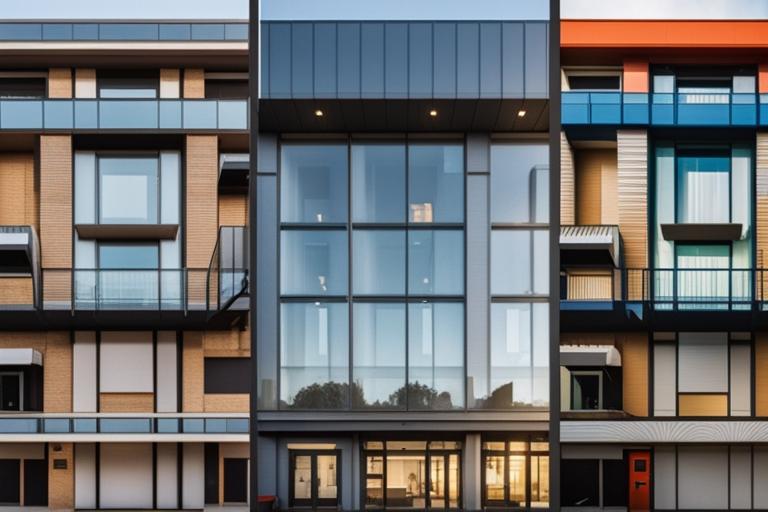
Importance of Soft-Story Retrofit Services
Soft-story retrofitting is essential to mitigate the potential risks associated with seismic events. Retrofitting aims to strengthen the existing structure, enhancing its ability to withstand seismic forces and reducing the likelihood of collapse.
Local Regulations and Compliance
Soft-story retrofitting in San Francisco is not just a matter of choice; it is a legal obligation. The city has stringent building codes and ordinances in place, mandating the retrofitting of soft-story structures to enhance seismic resilience.
Building Codes and Ordinances
San Francisco‘s building codes require property owners to retrofit soft-story buildings to meet specific safety standards. Non-compliance can result in penalties and legal repercussions.
Compliance Deadlines
Property owners must adhere to the designated deadlines for completing the retrofitting process. It is imperative to stay informed about the regulatory timelines to avoid potential penalties.
The Retrofit Process
The process of soft-story retrofitting involves several key stages, beginning with an initial assessment of the building’s structural vulnerabilities.
- Initial Assessment
Structural engineers conduct a comprehensive evaluation of the building to identify its specific weaknesses and determine the most suitable retrofitting solutions.
- Engineering Design
After the assessment, engineers develop a customized retrofitting plan tailored to the building’s structural needs and local building codes.
- Construction and Completion
The approved engineering design is implemented through construction activities, with a focus on strengthening the building’s soft-story elements.
- Role of Structural Engineers
Professional structural engineers play a pivotal role in overseeing the entire retrofit process, ensuring that the structural enhancements are executed in accordance with industry standards and regulatory requirements.
Engineering Solutions
The retrofitting process involves the implementation of various engineering solutions to bolster the structural integrity of soft-story buildings.
- Adding Steel Frames
One common approach is to install steel frames, which effectively reinforce the building’s framework, enhancing its ability to withstand seismic forces.
- Shear Walls
Shear walls are another crucial element in soft-story retrofitting, providing lateral stability and distributing seismic loads throughout the structure.
- Strengthening Elements
Additional measures, such as strengthening the foundation and improving connections between structural components, are integral to the retrofitting process.
| Engineering Solution | Description |
|---|---|
| Adding Steel Frames | Installation of steel frames to reinforce the building’s framework, improving its ability to withstand seismic forces. |
| Shear Walls | Incorporation of shear walls to provide lateral stability and distribute seismic loads throughout the structure. |
| Strengthening Elements | Implementation of measures such as foundation strengthening and improved structural component connections to enhance overall integrity. |
Financial Aspects
Cost Considerations
The cost of soft-story retrofitting can vary based on several factors, including the building’s size, structural condition, and the specific retrofitting solutions employed.
- Factors Influencing Cost
Factors such as the extent of structural modifications required and the complexity of the engineering design significantly impact the overall cost of retrofitting.
- Financing Options
Property owners can explore financing options, including loans and grants, to facilitate the retrofitting process and manage associated expenses effectively.

Financial Incentives or Assistance Programs
In some cases, property owners may be eligible for financial incentives or assistance programs aimed at promoting seismic retrofitting and enhancing community resilience.
Benefits and Impact
Soft-story retrofitting yields a range of benefits that extend beyond enhanced structural integrity and safety.
Benefits of Retrofitting
- Long-Term Safety and Resilience
Retrofitting ensures the long-term safety of occupants and protects the building from severe structural damage in the event of an earthquake.
- Insurance Savings
Structurally sound buildings are often eligible for reduced insurance premiums, leading to potential long-term cost savings for property owners.
- Increased Property Value
Retrofitting enhances the market value of the property, making it a more attractive and secure investment for potential buyers or tenants.
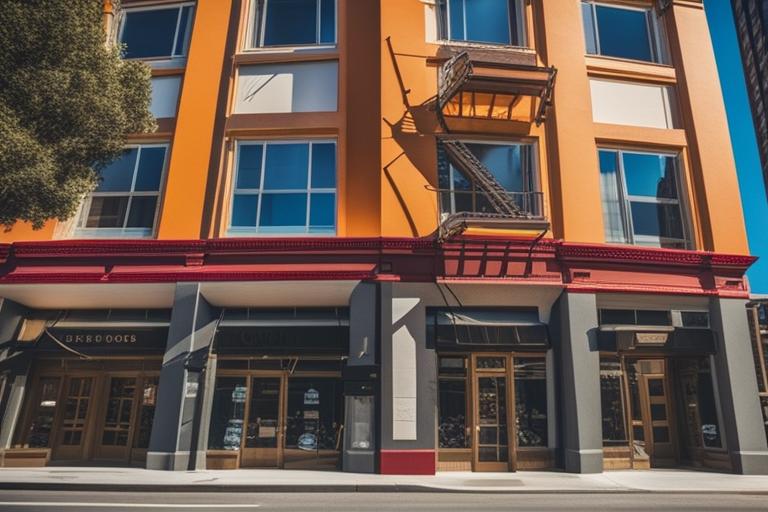
Case Studies
Real-life examples of successful soft-story retrofit projects serve as compelling testaments to the positive impact of retrofitting on building safety and community resilience.
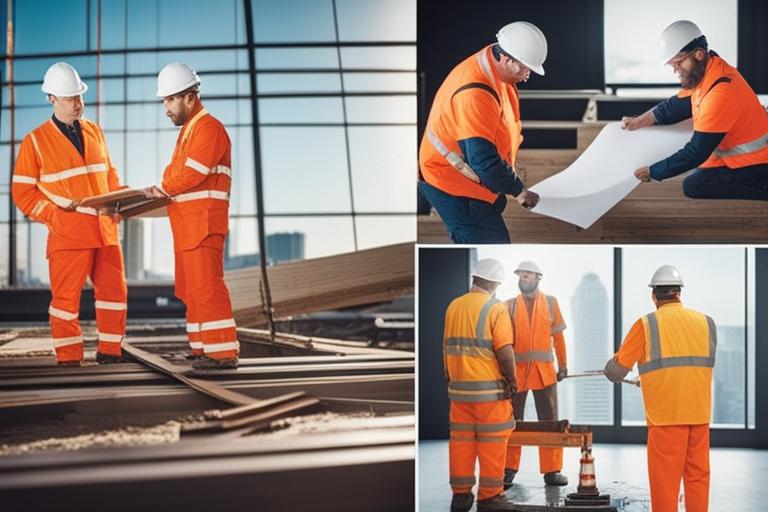
Finding Professional Services
Real-Life Soft-Story Retrofit Story
Making the Decision to Retrofit
My family and I own a three-story apartment building in San Francisco, and like many other property owners, we were concerned about the vulnerability of our structure to seismic activity due to its soft-story design. After doing some research and consulting with a structural engineer, we decided to move forward with a soft-story retrofit. The initial assessment revealed that our building was indeed at risk, and we knew that taking proactive measures was crucial for the safety of our tenants and the long-term resilience of our property.
The engineering design phase was particularly enlightening, as we worked closely with the structural engineer to understand the different retrofit options available to us. We ultimately decided on adding steel frames to strengthen the ground floor, a solution that was tailored to our buildings specific needs and budget.
This experience not only gave us peace of mind knowing that our building is now better equipped to withstand seismic events, but it also opened our eyes to the financial benefits of retrofitting. Through insurance savings and potential increased property value, we realized that the retrofit was not just a safety measure, but also a sound investment in the long-term security of our property.
This real-life experience has made us advocates for soft-story retrofitting, and we encourage other property owners to consider taking the necessary steps to secure their buildings and protect their tenants.
Importance of Qualified Service Providers
Engaging experienced and qualified professionals for soft-story retrofitting is paramount to ensure the effective implementation of structural enhancements and compliance with regulatory standards.
Researching and Vetting Potential Providers
Property owners should undertake thorough research and due diligence when selecting service providers, considering factors such as expertise, track record, and adherence to industry best practices.
Ongoing Considerations
Ongoing Maintenance and Monitoring
Following the completion of retrofitting, ongoing maintenance and monitoring are essential to preserve the structural integrity and seismic resilience of the building.
Advancements in Retrofitting Technology
Staying abreast of technological advancements in retrofitting enables property owners to explore innovative solutions for enhancing structural resilience and mitigating seismic risks.
In conclusion, soft-story retrofit services in San Francisco are imperative for ensuring the safety and resilience of buildings in the face of seismic activity. Property owners must understand the regulatory requirements, engage qualified professionals, and consider the long-term benefits of retrofitting for the safety and value of their structures.
Answers To Common Questions
Q.Who needs soft-story retrofit services in SF?
A.Property owners with multi-story buildings in SF need soft-story retrofit services to strengthen their structures against earthquakes.
Q.What is a soft-story retrofit service in structural engineering?
A.A soft-story retrofit service involves reinforcing the lower floors of a building to improve its resistance to seismic activity.
Q.How does a soft-story retrofit service improve building safety?
A.It improves building safety by reducing the risk of collapse during an earthquake, protecting occupants and preserving the structure.
Q.What if I don’t think my building needs a retrofit?
A.Even if you don’t think your building needs a retrofit, it’s important to consult with a structural engineer to assess the risk.
Q.How long does a soft-story retrofit typically take to complete?
A.The duration can vary depending on the size and complexity of the building, but it often takes several months to complete a soft-story retrofit.
Q.Who can I contact for soft-story retrofit services in SF?
A.You can contact licensed structural engineering firms in SF that specialize in soft-story retrofit services for professional assistance.

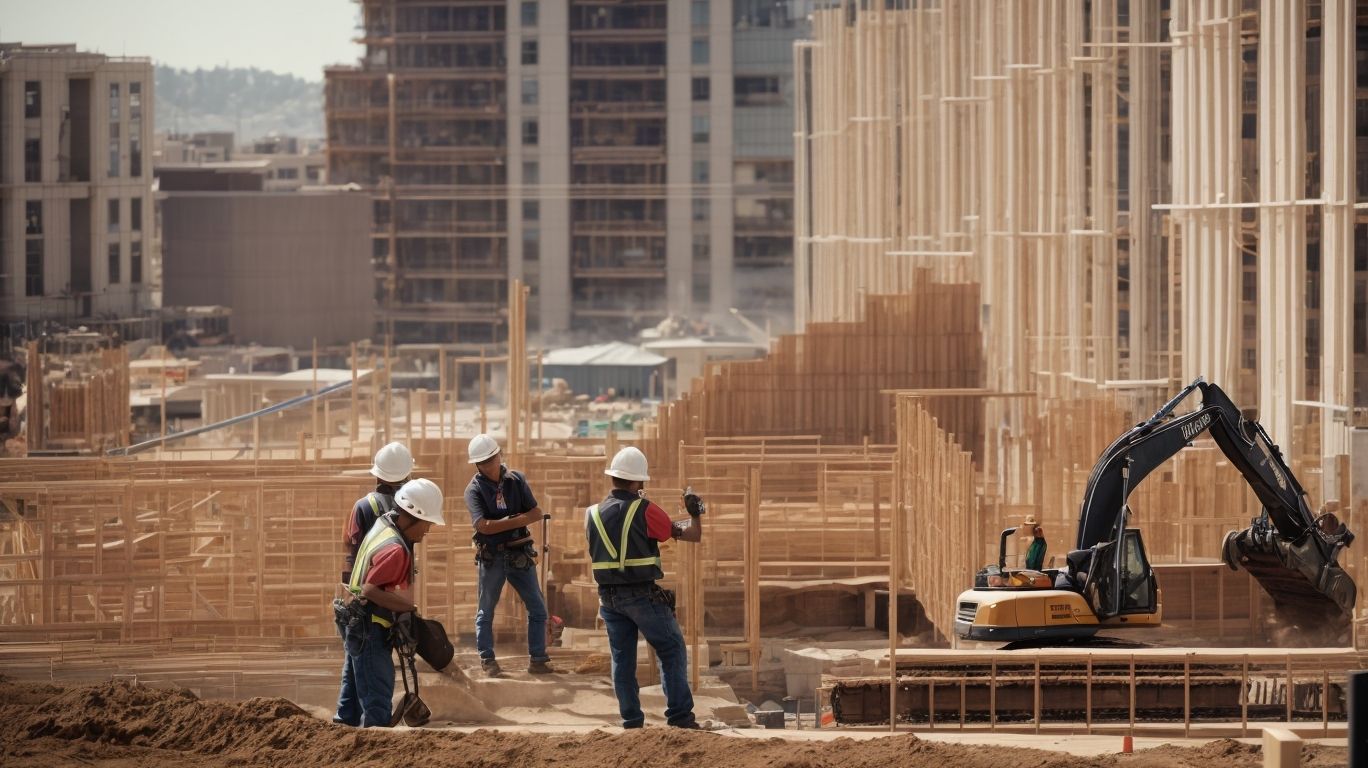
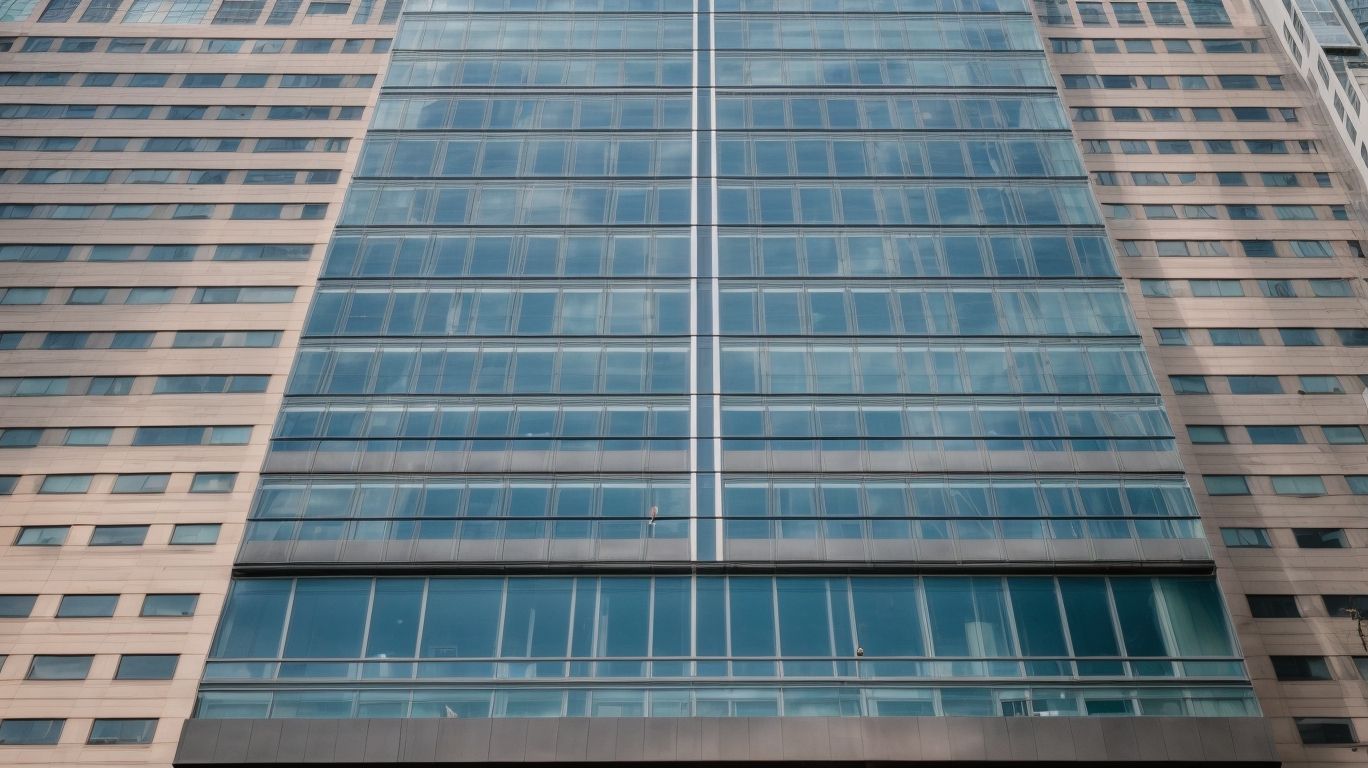

No Comments